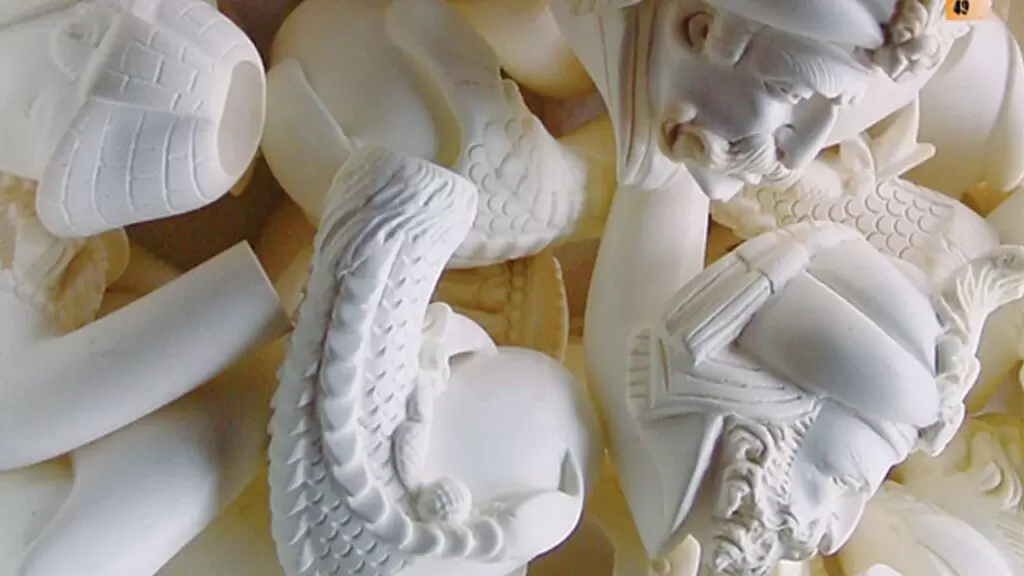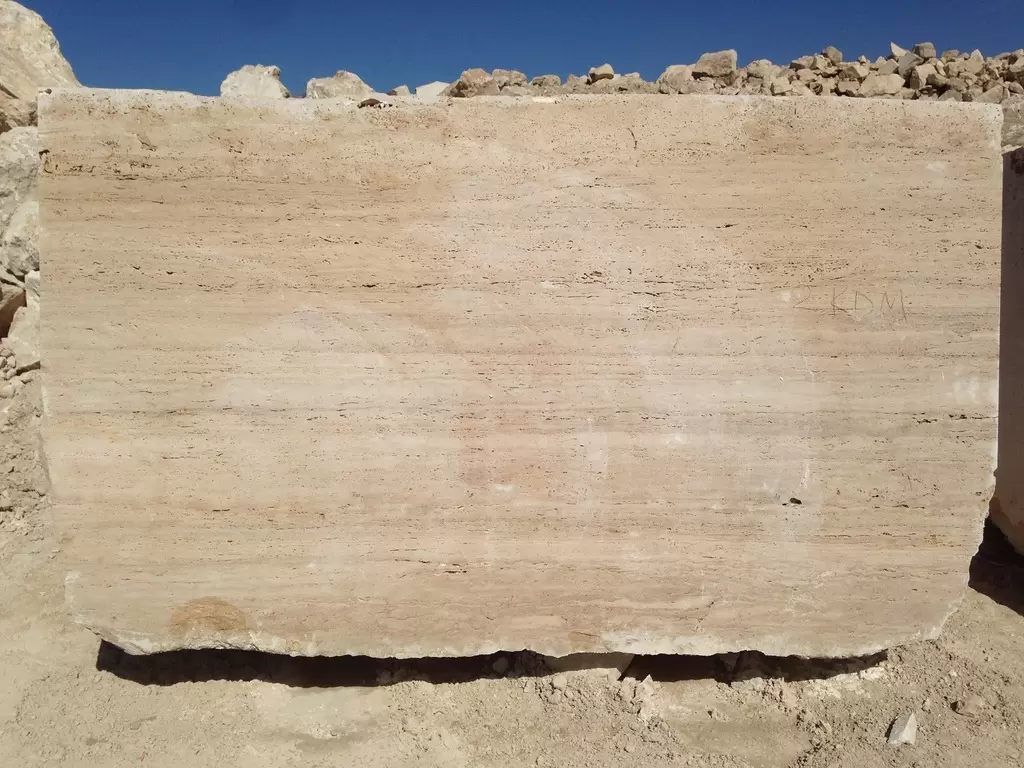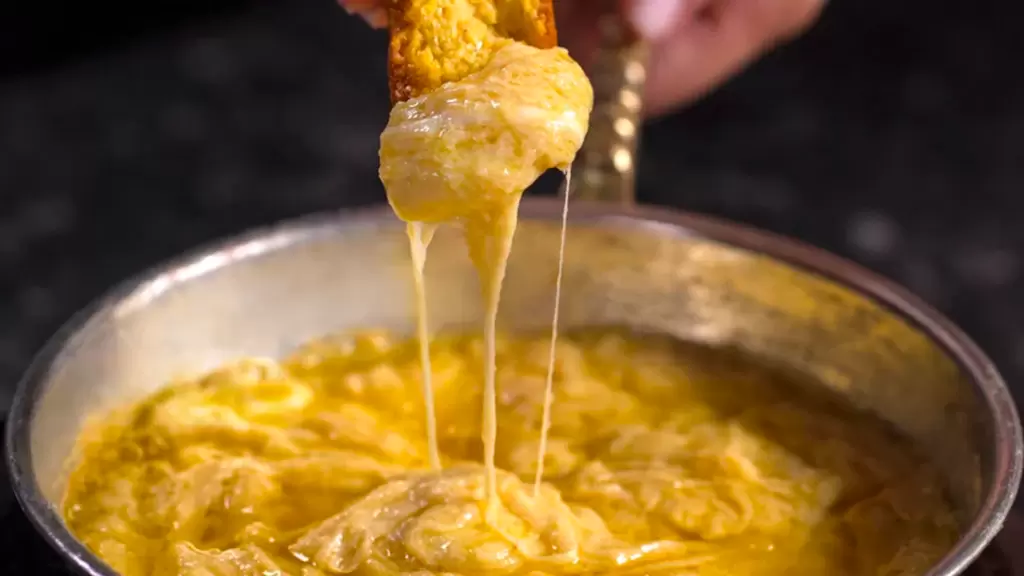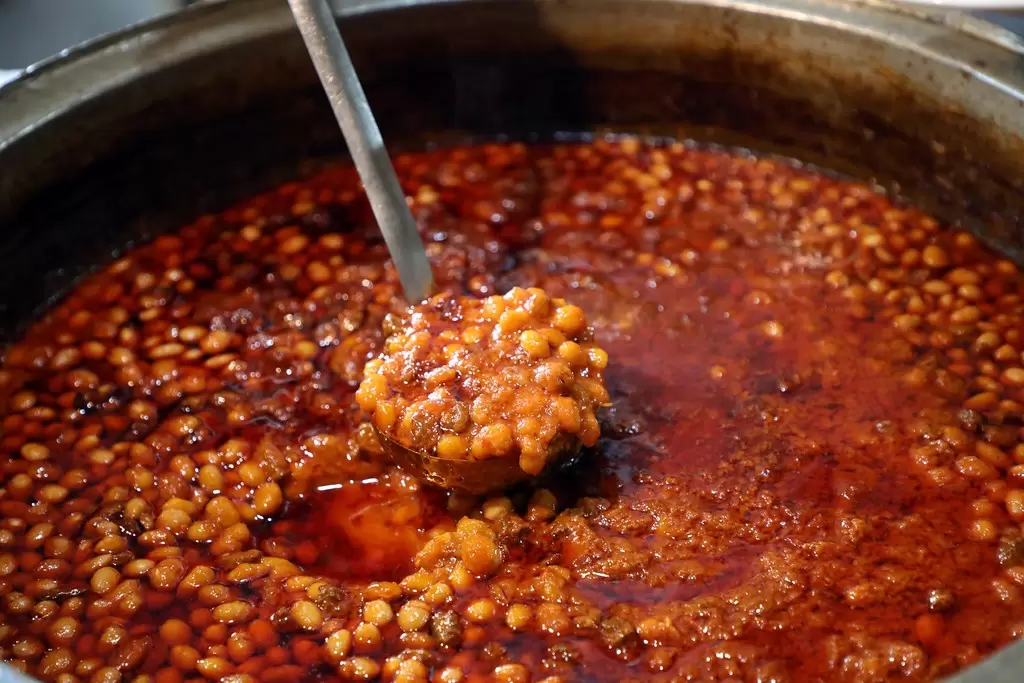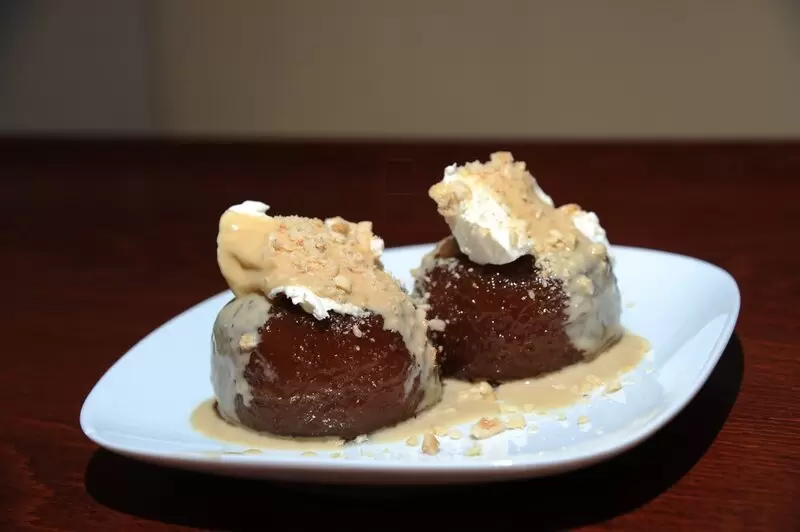
Hayrabolu Dessert is a traditional Turkish dessert originating from the Hayrabolu district of Tekirdağ. Known for its rich flavor, unique texture, and connection to the region’s culinary heritage, this syrup-soaked dessert is made with semolina and unsalted cheese, offering a distinctive taste that sets it apart from other regional sweets.
What is Hayrabolu Dessert?
Hayrabolu Dessert, initially called Kadı Göbeği Tatlısı when it was first produced in 1972, later adopted the name of its place of origin and is now widely known as Hayrabolu Tatlısı. The dessert is a quintessential representation of Hayrabolu’s culinary traditions, crafted using local ingredients and traditional techniques.
Key Ingredients
- Semolina: The primary ingredient that gives the dessert its signature coarse texture.
- Unsalted Cheese: Adds a unique flavor and contributes to the dessert’s moist and slightly chewy consistency.
- Syrup: A simple syrup made from sugar and water enhances the sweetness and ensures the dessert is indulgent yet balanced.
Production and Preparation
Hayrabolu Dessert is made using a meticulous process:
- Mixing and Shaping: The semolina and unsalted cheese are combined to form a dough, shaped into small rounds or oval pieces.
- Cooking: The shaped pieces are baked until golden brown, giving them a slightly crisp exterior while retaining a soft interior.
- Syrup Preparation: A sugar-based syrup is prepared to add sweetness and moisture to the dessert.
- Final Steps: The baked dessert can either be sold dried for extended storage or soaked in syrup for immediate consumption.
Distinctive Features
- Versatile Availability: Hayrabolu Dessert is sold in two forms: dried and pre-cooked or syrup-soaked. The dried version can be stored for up to eight months, while syrup-soaked desserts are ready to eat and have a shelf life of 10 days if refrigerated at +4°C.
- Rich Flavor and Texture: The combination of semolina, cheese, and syrup creates a dessert with a perfect balance of sweetness, richness, and a slightly coarse texture.
- Unique Regional Identity: Its production method and ingredients are deeply tied to the Hayrabolu region, making it a unique culinary gem.
- Cultural Heritage: The dessert’s evolution from its original name, Kadı Göbeği Tatlısı, to Hayrabolu Tatlısı highlights its cultural significance and connection to the region.
Cultural and Culinary Significance
Hayrabolu Dessert is more than just a sweet treat; it is a symbol of the region’s gastronomic traditions and expertise. Its production reflects the resourcefulness and creativity of the local community, using readily available ingredients to create a dessert that has stood the test of time.
Serving Suggestions
Hayrabolu Dessert is typically enjoyed as:
- A Standalone Treat: Perfectly paired with Turkish tea or coffee, making it an ideal dessert after a meal.
- Enhanced with Toppings: Some enjoy it with a dollop of cream or a sprinkle of crushed nuts for added richness and texture.
Why It’s Unique
- Regional Ingredients: The use of locally sourced semolina and cheese ties the dessert to its geographic origin.
- Extended Shelf Life: Its dried form makes it convenient for long-term storage and transport, allowing it to reach a wider audience.
- Traditional Craftsmanship: The preparation process preserves the traditional methods passed down through generations.
For visitors to Tekirdağ, experiencing Hayrabolu Dessert is a must. Its rich flavor, cultural significance, and unique preparation make it a standout example of Turkish dessert craftsmanship and a delicious way to connect with the region’s culinary heritage.










